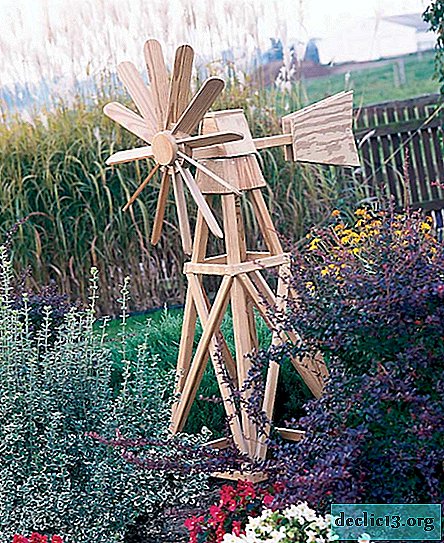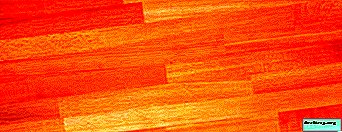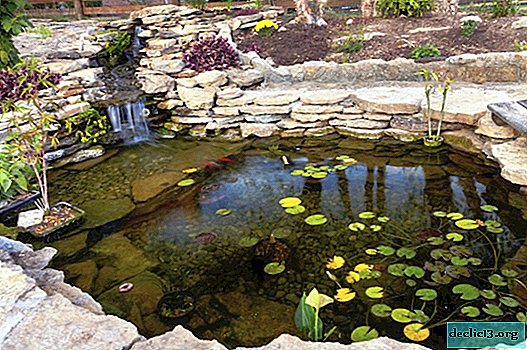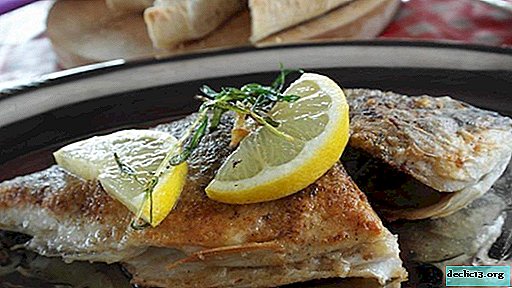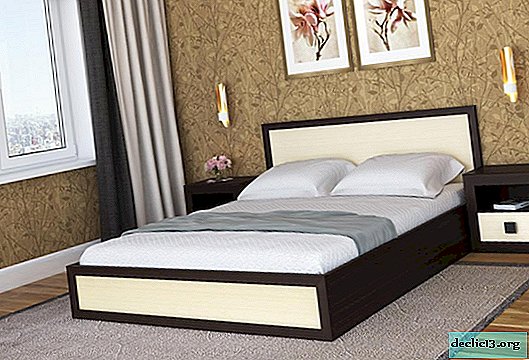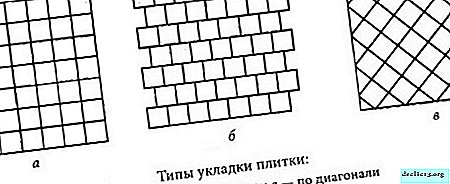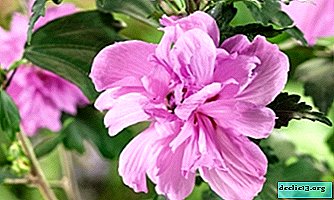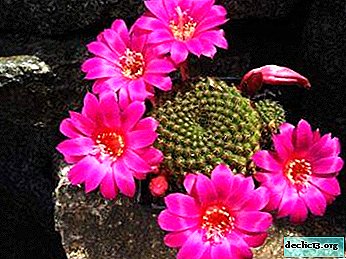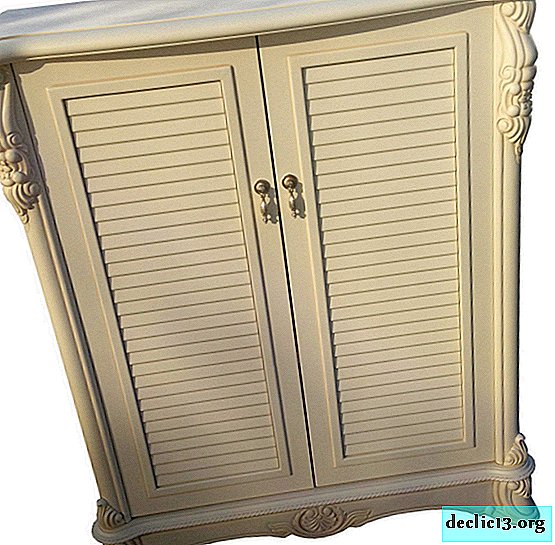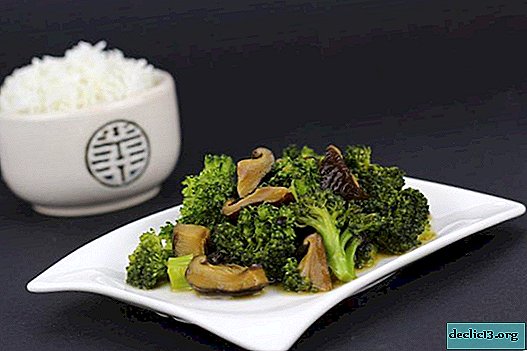Save the flower. Why do hoya leaves turn yellow and fall, what other diseases are there and how to deal with pests?
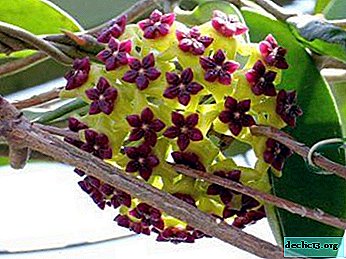
Hoya (wax ivy) is an evergreen lian from the gore family. It got its name in honor of the English gardener Thomas Hoy. In total, there are more than 200 species of this plant. In natural conditions, the hoya grows on rocky slopes, braids trees. Natural habitat - Australia, India, southern China. For our climate, hoya is a decorative culture that can be grown in home or greenhouse conditions. We will understand why the leaves at the home flower turn yellow at the base and fall off, show a photo, and also tell what to do for treatment.
Why is the flower not growing?
Most often, the reason for the slowdown or stunting is inappropriate growing technology or lack of proper care.Common mistakes when growing hoya:
- Incorrectly sized pot.
- The amount of light received. Hoya loves bright lighting. But you should not overdo it, as in strong sunlight, burns appear on its leaves.
- Watering should be done rarely, only after the land has completely dried.
- The soil. Suitable for growing fleshy, loose soil.
We also talked about why the hoya does not bloom and what to do about it. Read about it in another article.
What are the problems and what to do to solve them?
Common problems of improper care are slowing or stopping growth, discoloration of leaves. Spotting also appears on the leaves, they curl and dry out. Other signs depend on the specific disease.
| Disease: Description | What caused? | Treatment |
| Leaves turn yellow | Yellowing at the base is most often observed with rotting of the root, with a lack of nutrients. Yellowing along the edges is a symptom of improper watering or irrigation with hard water from the tap, prolonged drying of the soil. Yellow spots are also a sign that the hoya has been burned by direct sunlight. |
|
| Leaves fall |
|
|
| Fade leaves Most often this is a consequence of bacterial wilting. | The causative agent is pathogenic bacteria. Causes:
|
|
| Fungus | They cause phytopathogenic fungi. Infection occurs when:
|
|
| Gray rot | Caused by the fungus botritis. The disease appears with poor ventilation and high humidity, if the plant is crowded or in caked soil substrate. |
|
| Powdery mildew | The causative agent is powdery mildew. Risk factors:
|
|
Pests and methods of dealing with them
Many parasite insects pose a threat to hoya. Symptoms of infection may be identical, control measures may also be similar. So, what pests settle in the hoya?
Whitefly
This is an insect that looks like a moth. The main harm to the plant is caused not by adults, but by larvae, since the basis of their nutrition is leaf juice.
The reasons for the appearance are heat and high humidity. A temperature of less than 10 degrees above zero is considered deadly for the pest, but the larvae survive even in winter.Eliminate whitefly comprehensively.
Whitefly Control Methods:
 Manual collection of the pest. Wipe the sheet plate with a cotton pad or toothbrush, after wetting them in soapy water.
Manual collection of the pest. Wipe the sheet plate with a cotton pad or toothbrush, after wetting them in soapy water.- Folk recipes.
- Sprinkle the soil in a pot with ash, spray the hoya with a solution of garlic (100 g per 1 liter of water, leave for 5 days, dilute with water before treatment).
- Another folk remedy is dandelion infusion: take 50 g of roots and dry leaves, pour 3-4 liters of water, leave for 5 hours. Strain before spraying.
- Insecticides. This is Confidor, Actellik, Aktara. The dosage is indicated on the package, select the volume for spraying ornamental plants.
Worm
An insect whose body is covered with a waxy coating. The average size of individuals is 2-5 mm. Larvae fill the entire plant, stick to the leaves and stem. The cause of pests is heat and high humidity.
 Worm Control Measures:
Worm Control Measures:
- Manual cleaning. To do this, you will need to moisten the cotton wool in alcohol and wipe the plant where the worm appeared.
- Folk recipes. This is soapy water, diluted juice of onions or garlic, an infusion of citrus peels. Means have a pungent odor that repels the worm.
- Also use special chemicals: Actrata, Confidor-Maxi, Mospilan.
Red spider mite
Appears in rooms with poorly humidified air. Lives on the back of the leaves, the leaf plate is covered with yellow spots. The main symptom is the web.
- To free the hoya from the spider mite, first you need to rinse its leaves with warm soapy water.
- Remove single parts of the plant affected by the pest.
- Pour and cover the plant with cellophane, leave for 3 days.
- Effective mite chemicals are Neoron, Apollo and Sunmayt.
 Pest Management Methods:
Pest Management Methods:
Nematodes
These are transparent worms, the average length of which is 1 cm. When infected, blisters of different sizes appear on the roots - nematodes live and multiply inside these swellings. With mass infection, the root resembles a bunch of grapes.
The reason for the appearance of root nematodes is watering: the pest is transmitted to the new plant from the infected through water.
 How to eliminate a pest:
How to eliminate a pest:
- The only effective method is re-rooting.
- The chemical drug for the fight is Ecogel. The minus of the substance is that it does not kill the parasite, but only slows down its reproduction. During this time, the plant can take root and grow stronger.
- Prevention of the appearance of these worms is the change and disinfection of soil, steaming pots. Also, for prevention, you can add nutshell or marigold leaves to the soil.
Podura
Another name is Nailtails.. In fact, these insects are not pests, they are relatively safe for plants. But you do not need to leave them in the hoya. With a large population, Podura cause significant harm.
 In the soil there are usually a small number of podura, invisible to the human eye and not harmful to the plant. The increase in population occurs for such reasons: stagnation of water and the formation of silt on the surface, parts of the hoya began to decay.
In the soil there are usually a small number of podura, invisible to the human eye and not harmful to the plant. The increase in population occurs for such reasons: stagnation of water and the formation of silt on the surface, parts of the hoya began to decay.
How to remove:
- At the first sign, you need to dry the soil, then sprinkle it with tobacco dust or lime.
- Chemicals from the pest. Bazudin, Pochin (sprinkle granules on the surface with a thin layer), Mospilan, Aktara.
Aphid
These are small insects of different colors (there are orange, gray, black). The reason for the appearance is infected neighboring plants or infected soil. Also, winged females can fly into the room through an open window.
 Remedies:
Remedies:
- The pest does not tolerate the smell of geraniums. This is the easiest way to get rid of insects.
- If there is no geranium at hand, wash the leaves with soap and water.
- Recipe for spraying. Chopped onion, garlic, fresh tomato leaves pour 1 liter of boiling water, leave for 6-8 hours, strain, spray. An alternative is a tobacco solution (pour fresh leaves with boiling water).
- The list of effective chemicals includes Confidor, Fitoverm, Angio, Actellik.
Thrips
These are small insects whose body color corresponds to the color of the leaves (green, yellowish), so it is almost impossible to notice them. A favorable factor for the appearance is dry air.
 We get rid effectively:
We get rid effectively:
- Plant isolate.
- To get rid of the parasite, you need to wipe all parts of the hoya with water and soap.
- From folk methods, tinctures from citrus, garlic or onion are used.
- Of the chemicals - Fitoverm, Angio, Aktara, Actellik.
Shield
There is a wide variety of subspecies of this pest, but all of them cause the same harm to the plant. The parasite sucks the juice from the hoya, after which there is a similar effect, as with lesions by other insects - the leaves turn yellow, dry and fall off.
 The reasons for the appearance of scale insects are weakened immunity of the hoya, an excess of nitrogen in the soil, dry air, improper watering, and insufficient lighting.
The reasons for the appearance of scale insects are weakened immunity of the hoya, an excess of nitrogen in the soil, dry air, improper watering, and insufficient lighting.
How to remove a parasite:
- To get rid of scabies you need to remove them manually from the leaves.
- After rinse with water and medicinal infusion of onions and garlic.
Of the chemicals, Aktara and Aktofit are suitable.
Photo
Below you can see how the hoya looks with various problems and ailments.
Falling and yellowing leaves:

Gray rot:

Powdery Mildew:

Pests on the plant:

Conclusion
So, now find out why the flower has diseases and what to do, for example, if the leaves turn yellow.
Hoya is ideal for indoor cultivation (to find out whether it is possible to keep wax ivy at home, and also see a photo of the plant, here, and in this article you will find all the secrets of plant propagation at home). It does not require scrupulous and constant care. For good flowering, it is enough to plant the plant in a suitable place and follow the simple rules of care: water correctly, observe light balance. remember, that any breach of conditions weakens the protection of the hoyacause disease or pest attacks.

 Manual collection of the pest. Wipe the sheet plate with a cotton pad or toothbrush, after wetting them in soapy water.
Manual collection of the pest. Wipe the sheet plate with a cotton pad or toothbrush, after wetting them in soapy water.